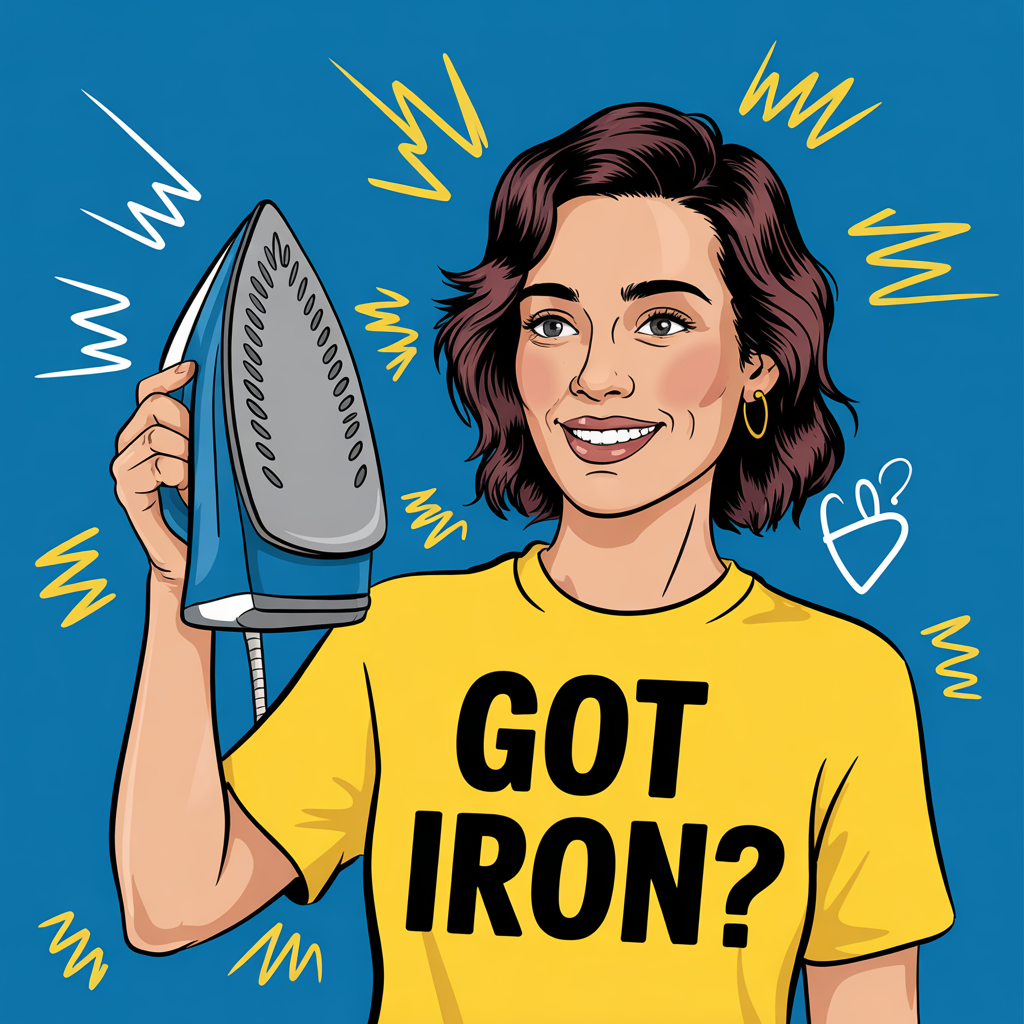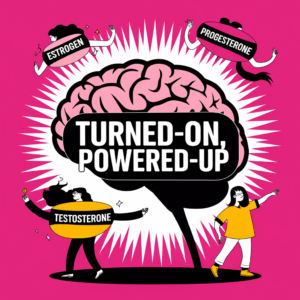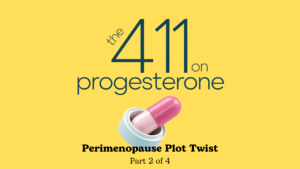Iron plays a vital role in our bodies—it’s essential for oxygen transport, energy production, and immune function. Yet, as with many things in health, the balance matters enormously. For midlife women navigating hormonal changes, the relationship between iron, its storage protein ferritin, and estrogen represents an often-overlooked piece of the health puzzle—one that might explain why some women don’t respond as expected to hormone replacement therapy (HRT).
Understanding Iron and Ferritin: The Basics
What is Ferritin?
Ferritin is a protein that stores iron and releases it in a controlled fashion. Think of ferritin as your body’s iron bank—it keeps excess iron safely tucked away until needed. While iron is essential, free-floating iron can be damaging, generating reactive oxygen species through what’s called the Fenton reaction.
This process is essentially a form of internal “rusting.” Just as iron rusts when exposed to oxygen in the presence of water, excess iron in our bodies can undergo similar oxidative reactions. The resulting reactive oxygen species damage cells, DNA, blood vessels, and organs through oxidative stress—our body’s version of rust. This is why proper iron storage and management is crucial; ferritin helps prevent this internal rusting by sequestering iron in a non-reactive form.
When doctors want to assess your iron status, they typically measure serum ferritin, which represents only a small fraction of your total body ferritin but serves as a reliable marker of your iron stores.
The Laboratory Reference Ranges: Helpful or Misleading?
Standard laboratory reference ranges for ferritin are typically set wide:
- For men: approximately 20-300 ng/mL
- For women: approximately 10-200 ng/mL
These ranges are derived from population percentiles—usually spanning from the 5th to 80th or 90th percentile of the population. But here’s the crucial question: is being in the “normal” range optimal for your health?
Dr. William Ware, in a comprehensive review published in the Journal of Orthomolecular Medicine, argues that these ranges may be too broad. According to his research, problems associated with iron excess can occur at ferritin levels well within the “normal” range. He proposes that optimal ferritin levels may be much lower—around 20-40 ng/mL for women and 50-70 ng/mL for men.
However, there are differing perspectives on optimal ferritin levels, particularly when it comes to hair health. Many dermatologists and hair specialists advocate for maintaining ferritin levels between 50-100 ng/mL for women. Dr. G.L. Perrault, a hair restoration specialist, suggests that “the ferritin level should be above 50 in men and women. In patients experiencing hair loss, 80 is probably a more optimal value” according to information on his clinic’s website. Similarly, a study published in the Journal of Clinical Investigation recommended redefining normal serum ferritin levels as ≥60 ng/mL (with corresponding hemoglobin ≥13.0 g/dL) for early diagnosis of iron deficiency-related alopecia.
The Philip Kingsley Trichological Clinic notes that hair loss due to low ferritin is “one of the most common types of hair loss” they see in women. While some women report maintaining their ferritin between 50-70 ng/mL to prevent hair shedding, this approach balances the potential benefits of higher ferritin levels for hair growth against the concerns about iron excess raised by researchers like Dr. Ware.
The Estrogen-Iron Connection in Menopause
Premenopausal women have a built-in mechanism for iron loss through menstruation, shedding approximately one liter of blood per year. This natural process helps maintain ferritin levels significantly below those of men. However, after menopause, this protective mechanism disappears, and ferritin levels begin to rise, eventually approaching (though rarely equaling) the levels seen in older men.
This rise in iron during and after menopause isn’t just a curious biochemical footnote—it may have significant implications for how women respond to hormone replacement therapy.
How Iron Affects Estrogen Function
Emerging research suggests that elevated iron levels can interfere with estrogen signaling and function. A 2022 study published in the Journal of Clinical Investigation found that iron accumulation in breast tissue can impair estrogen receptor activity and signaling pathways. The researchers noted that “iron acts as an important modifier of estrogen effects” and that “excess tissue iron can diminish estrogen action.”
What does this mean practically? If you’re taking HRT but not experiencing the expected benefits, high ferritin levels could be part of the explanation. The iron accumulated after menopause may be blunting your body’s response to the supplemental estrogen.
Iron’s Wider Health Impacts in Midlife
The implications extend beyond HRT effectiveness. Research has linked elevated ferritin levels—even within the “normal” range—to increased risks of:
- Type 2 diabetes
- Cardiovascular disease
- Metabolic syndrome
- Chronic kidney and liver disease
- Oxidative DNA damage
- Neurodegenerative conditions
Perhaps most concerning is the strong correlation between ferritin levels and oxidative DNA damage. Studies have shown that this damage increases linearly with ferritin levels, with no apparent threshold—suggesting that lower ferritin levels (as long as they don’t cause anemia) may be better for cellular health.
Coming in Part 2: Solutions for Iron Balance
In the next installment, we’ll explore practical approaches to managing iron levels, focusing on two key strategies:
For Women with Low Iron: Effective Iron-Boosting Strategies
For women struggling with low ferritin levels (particularly those experiencing symptoms like hair loss, fatigue, or poor HRT response), we’ll cover:
- Optimizing Dietary Iron Absorption
- Iron-rich food combinations that maximize absorption
- The critical role of vitamin C in enhancing iron uptake
- Foods to avoid when taking iron supplements
- Using cast iron cookware as a practical intervention
- Supplementation Strategies
- Different forms of iron supplements and their pros/cons
- Timing recommendations for maximum effectiveness
- How to minimize common side effects like constipation
- When to consider IV iron therapy
- Addressing Underlying Causes
- Investigating heavy menstrual bleeding
- Testing for absorption issues like celiac disease
- The importance of comprehensive iron panels beyond just ferritin
For Women with Elevated Iron: Reduction Approaches
For midlife women with elevated ferritin who may be experiencing hormonal issues:
- Blood Donation—not just an altruistic act but a health-promoting strategy
- Therapeutic Phlebotomy for those unable to donate blood
- Natural Iron Chelators and their potential benefits
- How to discuss iron testing with your healthcare provider
We’ll also delve deeper into the evidence supporting iron reduction as a complementary approach to hormone therapy in midlife women.
Until then, consider asking your doctor to include ferritin in your next round of bloodwork—knowledge is the first step to better health.
Note: This article is for informational purposes only and is not intended as medical advice. Always consult with your healthcare provider before making changes to your health regimen.













